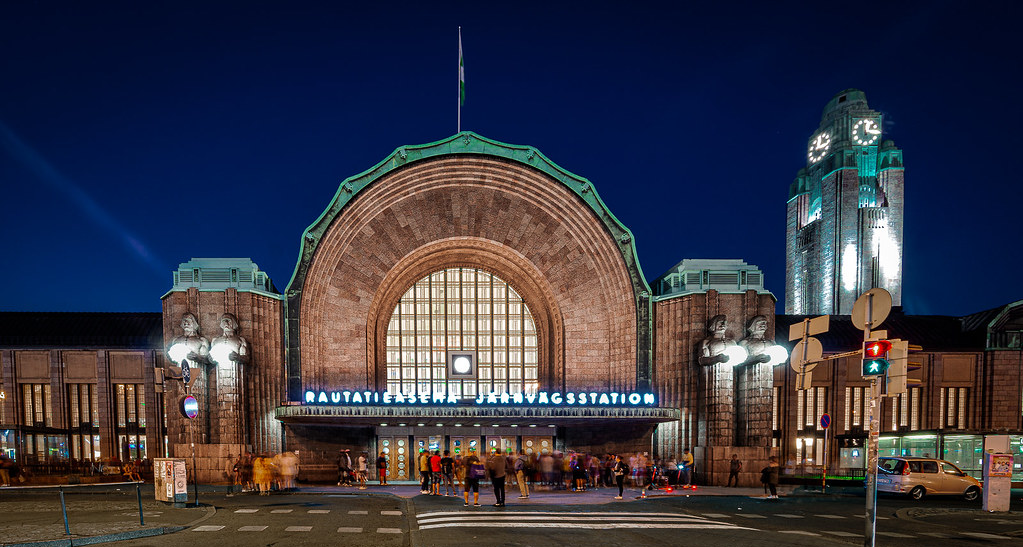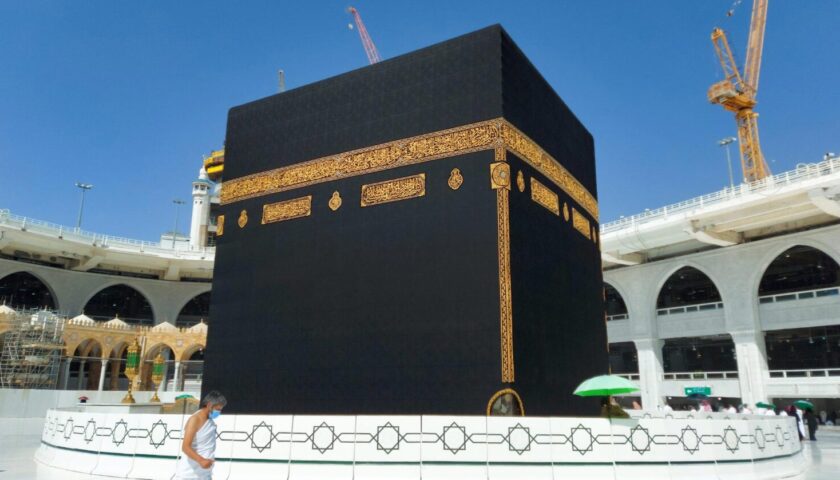Helsinki, Finland’s capital, nestled on the Baltic Sea, brims with rich history and cultural significance, inviting exploration and discovery. From ancient fortresses to neoclassical architecture, Helsinki’s historical landmarks offer a glimpse into the city’s past and its evolution into a modern metropolis. Join us on a journey through Helsinki’s rich heritage as we explore some of its most iconic historical landmarks.
Suomenlinna Fortress:
Perched on a cluster of islands just off the coast of Helsinki, Suomenlinna Fortress is a UNESCO World Heritage Site and a testament to Finland’s military history. Built in the 18th century by the Swedish crown, the fortress served as a strategic defense outpost against Russian expansion. Travelers can delve into its well-preserved fortifications, tunnels, while relishing breathtaking vistas of the Baltic Sea. A visit to Suomenlinna offers a fascinating glimpse into Finland’s past and its centuries-old struggle for independence.
Helsinki Cathedral:
Standing prominently against Helsinki’s skyline, the majestic Helsinki Cathedral is an iconic symbol of the Finnish capital. Its striking white exterior and distinctive green dome make it instantly recognizable to visitors from around the world. Erected in the 19th century as a tribute to the Grand Duke of Finland, the cathedral represents a masterpiece of neoclassical architecture. Adorned with elegant columns, intricate reliefs, and ornate frescoes, its interior exudes grandeur and elegance. For travelers booking tour packages to Finland, a visit to Helsinki Cathedral is a must-do activity. Climbing the steps to its observation deck rewards visitors with breathtaking panoramic views of Senate Square and the sprawling cityscape beyond, offering an unforgettable experience for history enthusiasts and architecture aficionados alike.
Senate Square:
Anchored by Helsinki Cathedral, Senate Square is the heart of the city and a focal point of Finnish history and culture. Lined with elegant neoclassical buildings, including the Government Palace, the University of Helsinki, and the National Library of Finland, the square exudes a timeless charm reminiscent of Europe’s grandest capitals. Visitors can stroll through the square’s cobblestone streets, admire its historic architecture, and soak up the atmosphere of this vibrant cultural hub.
Sibelius Monument:
Dedicated to Finland’s most beloved composer, Jean Sibelius, the Sibelius Monument is a striking tribute to his musical legacy. Designed by Finnish sculptor Eila Hiltunen, the monument consists of 600 hollow steel pipes arranged in a wave-like pattern, symbolizing the rhythm and flow of music. Located in the Sibelius Park, the monument is a popular destination for music enthusiasts and art lovers, offering a unique and immersive experience amidst Helsinki’s natural beauty.
Helsinki Central Railway Station:
Designed by renowned Finnish architect Eliel Saarinen, Helsinki Central Railway Station is a masterpiece of early 20th-century architecture and a symbol of Finnish modernism. Its iconic clock tower and granite facade adorned with statues and reliefs make it a standout landmark in the city. Visitors can marvel at the station’s grand interior, characterized by its soaring ceilings, arched windows, and intricate Art Nouveau details, making it a must-see destination for architecture aficionados.
Temppeliaukio Church (Rock Church):
Carved directly into solid rock, Temppeliaukio Church, also known as the Rock Church, is one of Helsinki’s most unique architectural marvels. Designed by architects Timo and Tuomo Suomalainen and completed in 1969, the church features a distinctive copper dome and rough-hewn stone walls, creating a serene and atmospheric space for worship and contemplation. Visitors can attend a church service or simply admire its innovative design and acoustics, making it a must-visit destination for architectural enthusiasts and spiritual seekers alike.
Helsinki City Museum:
Housed in a historic building in the heart of the city, the Helsinki City Museum is dedicated to preserving and showcasing the history and culture of Finland’s capital. With its extensive collection of artifacts, photographs, and interactive exhibits, the museum offers visitors a comprehensive overview of Helsinki’s past, from its humble beginnings as a fishing village to its growth into a vibrant cosmopolitan city. Admission to the museum is free, making it accessible to all visitors eager to delve into Helsinki’s fascinating heritage.
Katajanokka:
Located on a peninsula east of the city center, Katajanokka is a historic neighborhood known for its charming architecture and maritime heritage. Wander through its picturesque streets lined with colorful Art Nouveau buildings, visit the iconic Uspenski Cathedral, and explore the former Katajanokka Prison, now converted into a boutique hotel. With its rich history and scenic waterfront views, Katajanokka offers a tranquil retreat from the hustle and bustle of the city, making it a hidden gem waiting to be discovered.
Helsinki University Library (Kaisa House):
Designed by Finnish architect Anttinen Oiva Arkkitehdit, Kaisa House is a modern architectural masterpiece that seamlessly blends tradition with innovation. Its striking glass facade and minimalist interior make it a standout landmark in Helsinki’s cityscape. Visitors can explore its vast collection of books and multimedia resources, attend lectures and events, or simply admire its contemporary design and sustainability features. With its central location near the university campus, Kaisa House is a hub of knowledge and creativity, making it a must-visit destination for bibliophiles and design enthusiasts alike.
Ateneum Art Museum:
Located in the heart of Helsinki, Ateneum Art Museum is Finland’s premier museum of art, showcasing an extensive collection of Finnish and international masterpieces from the 19th century to the present day. Visitors can admire works by renowned Finnish artists such as Akseli Gallen-Kallela and Albert Edelfelt, as well as European masters such as Vincent van Gogh and Claude Monet. With its diverse collection and vibrant exhibition program, Ateneum offers a rich cultural experience that celebrates Finland’s artistic heritage and its connections to the wider world.
In conclusion, Helsinki’s historical landmarks offer a fascinating journey through the city’s past and its evolution into a modern and vibrant metropolis. From ancient fortresses and neoclassical cathedrals to contemporary architectural marvels and world-class museums, Helsinki’s rich heritage is reflected in its diverse array of landmarks and attractions. Whether you’re exploring the cobblestone streets of Senate Square, marveling at the Sibelius Monument, or delving into the city’s artistic legacy at Ateneum Art Museum, Helsinki invites visitors to discover its timeless charm and cultural significance. So pack your bags, embark on a journey through Helsinki’s history, and prepare to be captivated by its enduring beauty and heritage.




